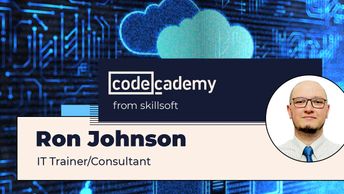Aspire Serverless Deployments for Developers Serverless Deployments Track 1: Beginning with Serverless Solutions
Serverless computing allows developers to build and run applications without having to manage servers. Explore the evolution of cloud computing along with the features and applications of serverless architecture through this course.
Over the length of the course, examine the cloud application maturity model, layers of the data center network architecture, and considerations for outsourcing IT operations. Furthermore, investigate the distinction between serverless computing and Platform as a Service (Paas), the impact of NoOps on serverless deployment, and migration of existing services and monolithic apps to a serverless architecture.
Upon completion of this course, you'll have a good understanding of the benefits of serverless computing, use cases for serverless deployment, and steps involved in migrating to serverless.
Over the length of the course, examine the cloud application maturity model, layers of the data center network architecture, and considerations for outsourcing IT operations. Furthermore, investigate the distinction between serverless computing and Platform as a Service (Paas), the impact of NoOps on serverless deployment, and migration of existing services and monolithic apps to a serverless architecture.
Upon completion of this course, you'll have a good understanding of the benefits of serverless computing, use cases for serverless deployment, and steps involved in migrating to serverless.
| Objectives |
|---|
Migrating to Serverless: Adopting Serverless Computing
|


